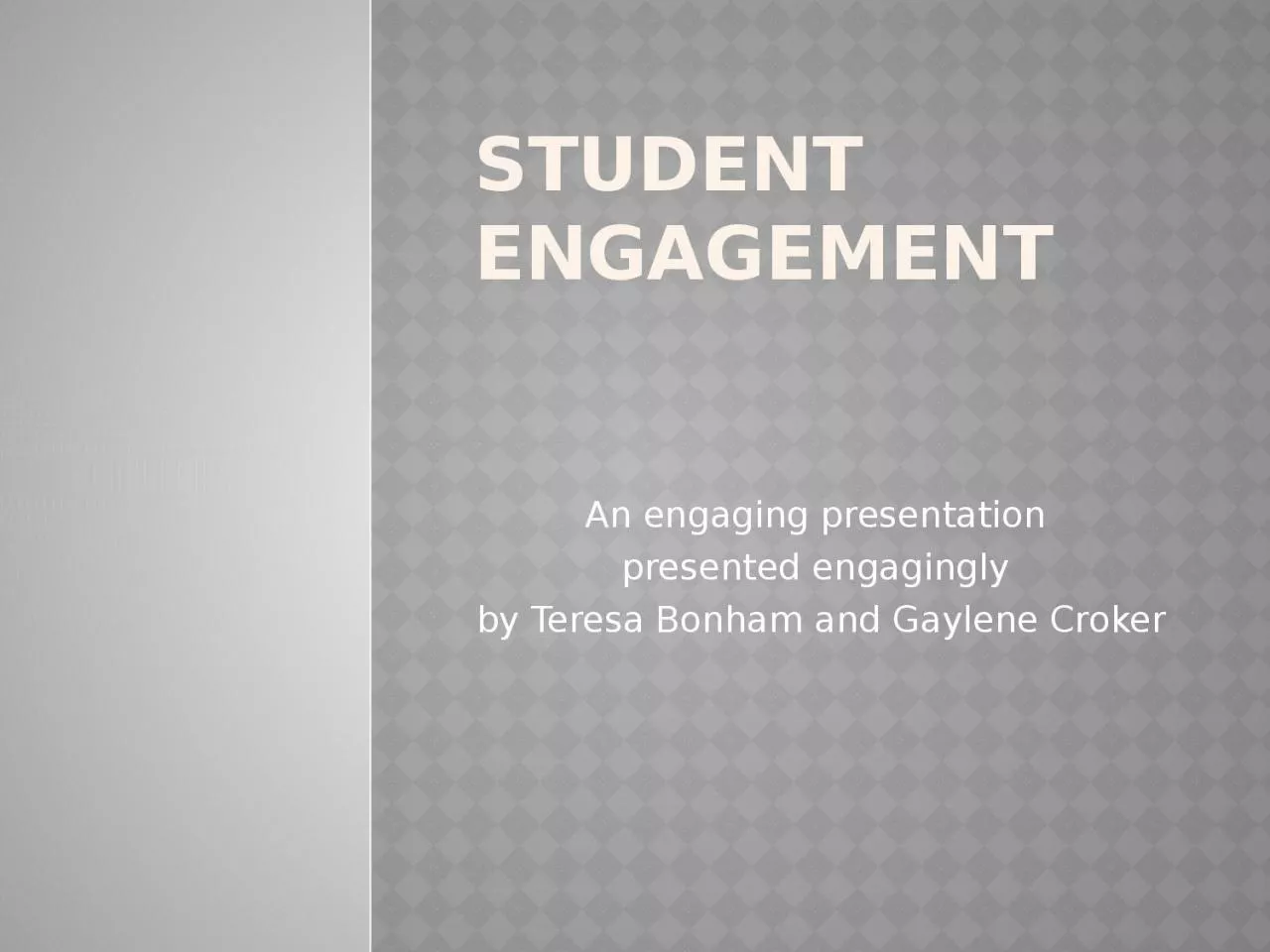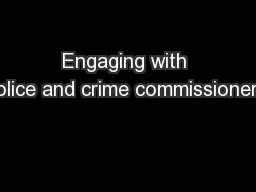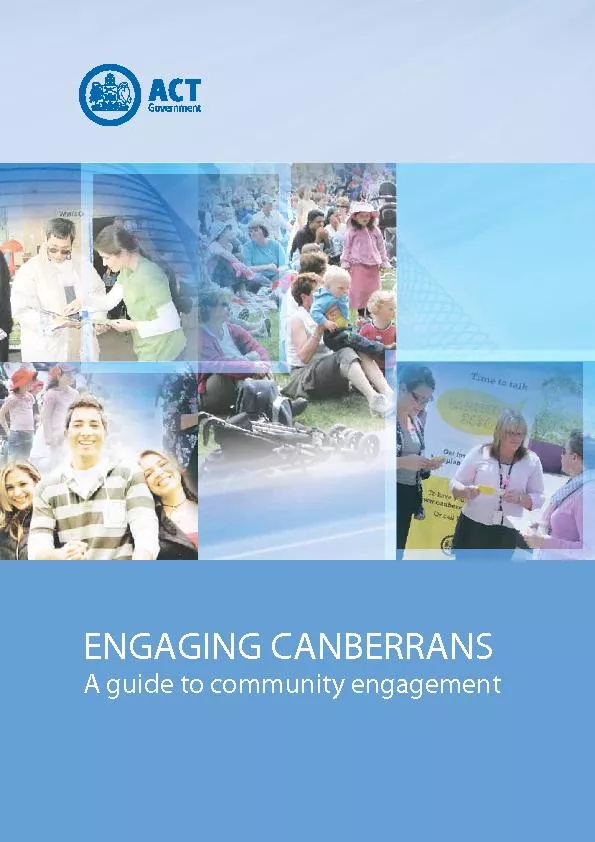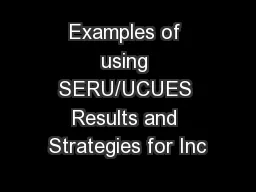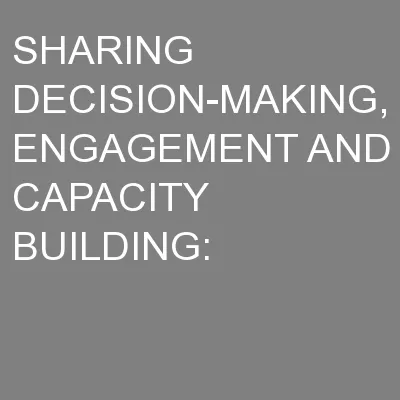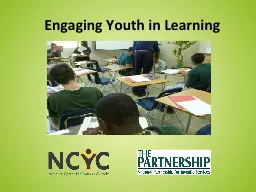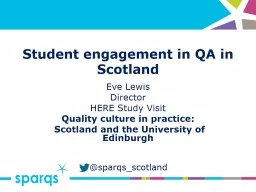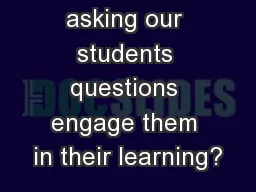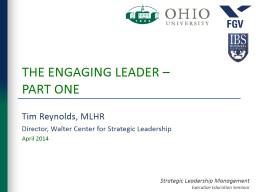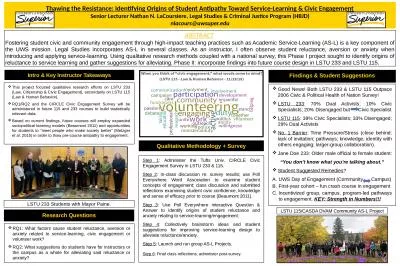PPT-Student Engagement An engaging presentation
Author : bethany | Published Date : 2024-03-13
presented engagingly by Teresa Bonham and Gaylene Croker Student Engagement Teaching and learning share an interesting relationship Just because there is teaching
Presentation Embed Code
Download Presentation
Download Presentation The PPT/PDF document "Student Engagement An engaging presentat..." is the property of its rightful owner. Permission is granted to download and print the materials on this website for personal, non-commercial use only, and to display it on your personal computer provided you do not modify the materials and that you retain all copyright notices contained in the materials. By downloading content from our website, you accept the terms of this agreement.
Student Engagement An engaging presentation: Transcript
Download Rules Of Document
"Student Engagement An engaging presentation"The content belongs to its owner. You may download and print it for personal use, without modification, and keep all copyright notices. By downloading, you agree to these terms.
Related Documents

